MENORCA
Plants and Animals

Plants and Animals
Popular destinations SPAIN
| Andalusia | Catalonia | Costa blanca |
| Costa brava | Costa del sol | El hierro |
| Formentera | Fuerteventura | Gran canaria |
| Ibiza | La gomera | La palma |
| Lanzarote | Mallorca | Menorca |
| Tenerife |
Plants and Animals
Plants
Menorca has about 200 types of flowers, including different types of orchids. Approx. 25 types of flowers and plants are only found in Menorca.
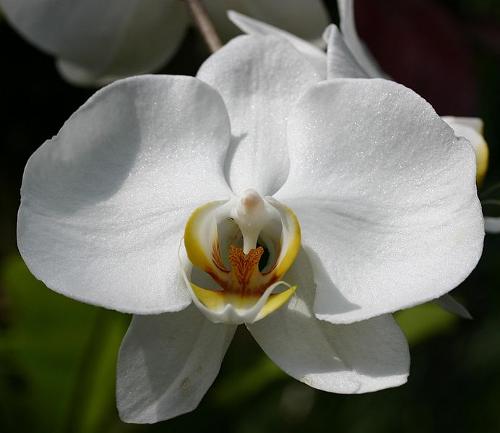 White Orchid, MenorcaPhoto: Mike Murphy CC 3.0 Unported no changes made
White Orchid, MenorcaPhoto: Mike Murphy CC 3.0 Unported no changes made
Blackberry bushes, pine and holm oak forests, olive trees, thistles, hedges and blackthorns dominate the landscape.
At a lower level we find mastic bushes, evergreen maple, strawberry trees, buckwheat, myrtle, broom, juniper bushes, oleanders, wild asparagus, arum.
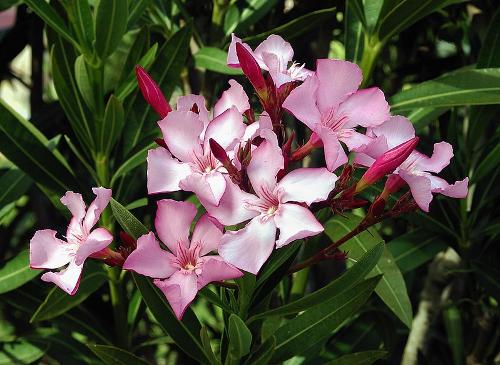 Oleander MenorcaPhoto: Alvesgaspar CC 2.5 Generic no changes made
Oleander MenorcaPhoto: Alvesgaspar CC 2.5 Generic no changes made
Beach lilies, white and black rock roses grow in the dunes and reed is found in the moist areas.
Rocks are covered with lichens and thorn bushes or "socarells" defy the often strong coastal winds.
Animals
The fact that there are several bird of prey species indicates that the food chain is still intact, and that is a happy observation today.
The animal world on Menorca consists of small mammals, reptiles, insects and many birds. Mammals include martens, ferrets, weasels, rabbits, bats, some species of voles, and the shy hedgehog.
Reptiles include the Mediterranean turtle, lizards and some small harmless snake species.
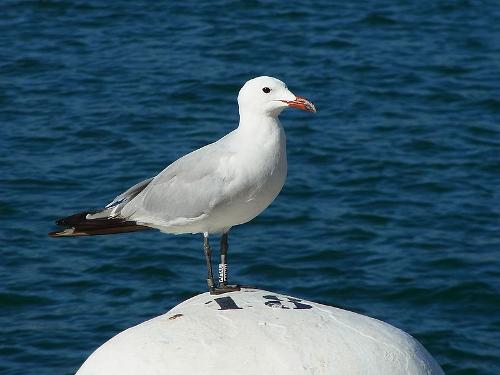 Seagull in the harbor of Mahon, MenorcaPhoto: Donkey shot CC 3.0 Unported no changes made
Seagull in the harbor of Mahon, MenorcaPhoto: Donkey shot CC 3.0 Unported no changes made
All biotopes that can be distinguished on Menorca have their own bird world. Wood and turtledoves and blackbirds live in the ravines or "barrancs". On the cliffs and in the harbors gulls, petrels, shearwaters and cormorants. In the woods and in the fields woodcock, goldcrests, nightjars, flycatchers, partridges and quails. You can also see skylarks, crested larks, buntings and ravens.
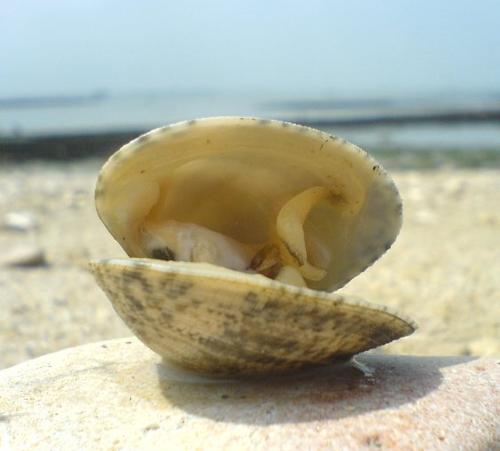 Venus mussel, MenorcaPhoto: Public domain
Venus mussel, MenorcaPhoto: Public domain
The tourists are fond of crawfish, anglerfish, swordfish, groupers, stockfish, gurnard, bream and sea bream, as well as squid, shrimp, mussels, hommer, sea spiders and sea daddies. The escopinya or Venus mussel is special.
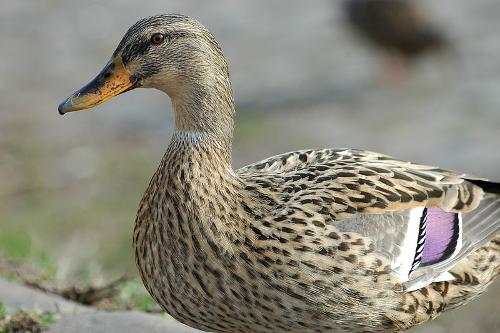 Wild duck, MenorcaPhoto: Vera Buhl CC 3.0 Unported no changes made
Wild duck, MenorcaPhoto: Vera Buhl CC 3.0 Unported no changes made
Between Playa de Son Bou and the holiday resort of Sant Jaume, the Marisma de Son Bou wetland stretches out, an important habitat for wild ducks, migratory and waterfowl and reptiles of all kinds. In spring and autumn, Menorca is a stopover for thousands of migratory birds, including cormorants, herons, spoonbills, sand martins, bee-eaters, coots, water rails, reed warblers, waders, grebes, sandpipers, pochards, whelter and terns. The best places to view many of these species are the S'Albufera des Grau marshes (70 ha), the coastal areas and the southern ravines.
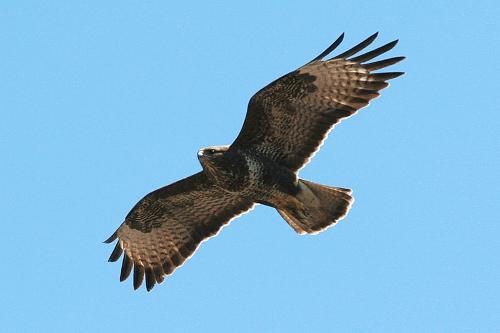 Buzzard, MenorcaPhoto: Oliver Wolters CC 3.0 Germany no changes made
Buzzard, MenorcaPhoto: Oliver Wolters CC 3.0 Germany no changes made
In addition, there are various birds of prey and scavengers on the island, such as ospreys, dwarf eagles, red kites, falcons, buzzards, sparrow hawks, vultures, harriers and little owls. Many species of small insectivores close this line.
The S'Albufera lagoon is separated from the sea by a sand barrier, which creates saltwater marshes next to a freshwater lake. Eels and turtles live in the saltwater marshes. 400 meters off the coast is the island of Ille d’en Colom, which is home to a protected lizard species, Lacerta lilfordi.
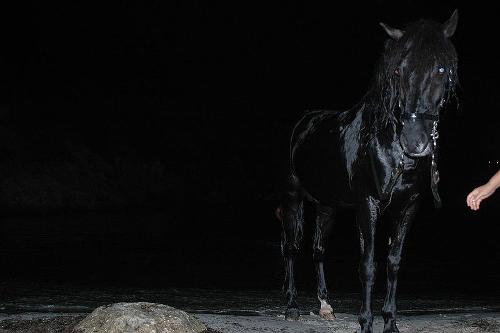 Menorcan black horsePhoto: Laura perez cezar CC 4.0 International no changes made
Menorcan black horsePhoto: Laura perez cezar CC 4.0 International no changes made
The black horses of the Menorcan breed are special.
Sources
Kelly, T. / Menorca
Kosmos-Z&K
Klöcker, H. / Menorca
Deltas
Mallorca & Ibiza, Menorca & Formentera
APA Publications
Montserrat, J. / Reiseführer Menorca : ein Streifzug durch die Insel
Triangle Postals
CIA - World Factbook
BBC - Country Profiles
Copyright: Team The World of Info